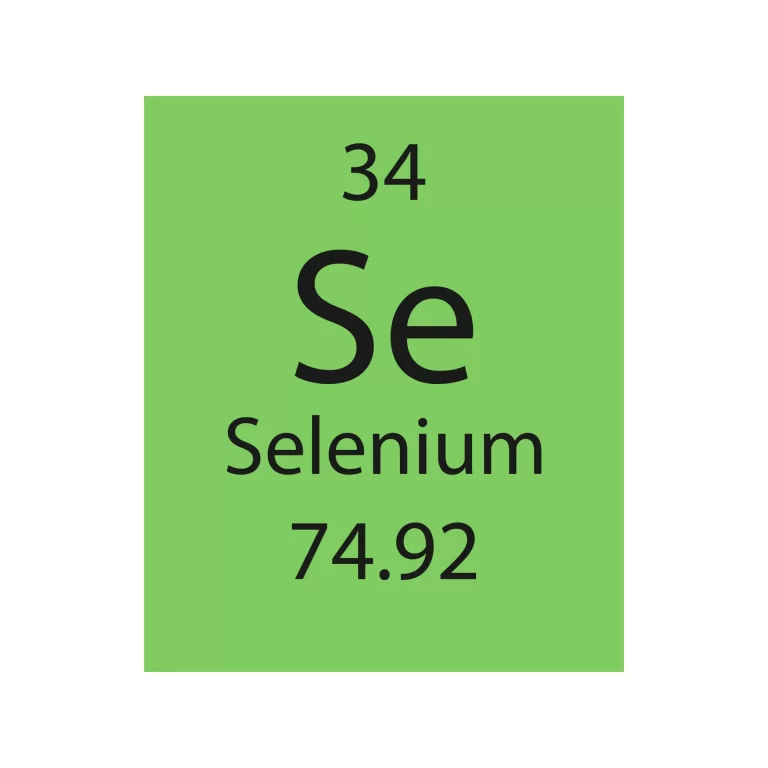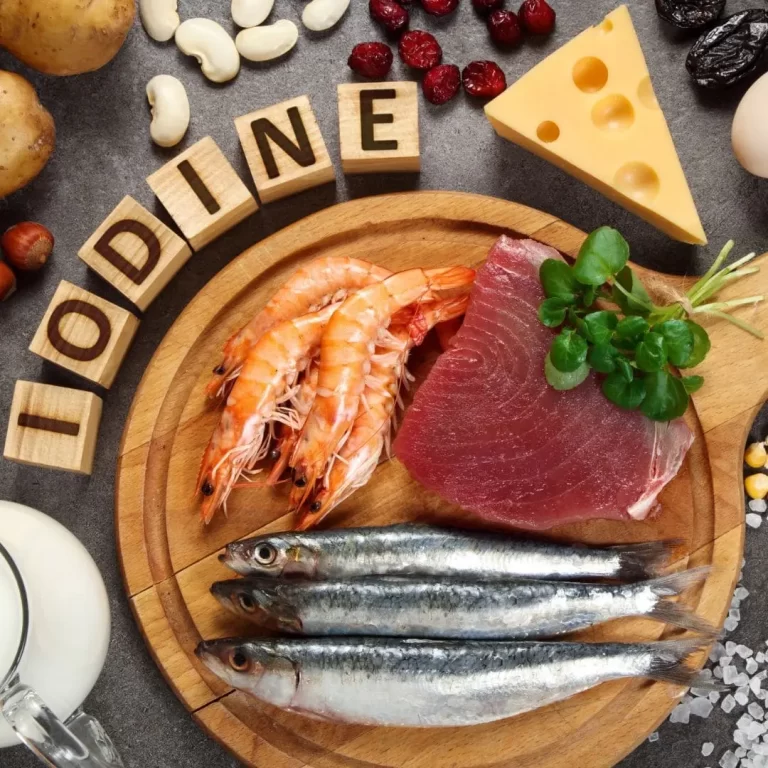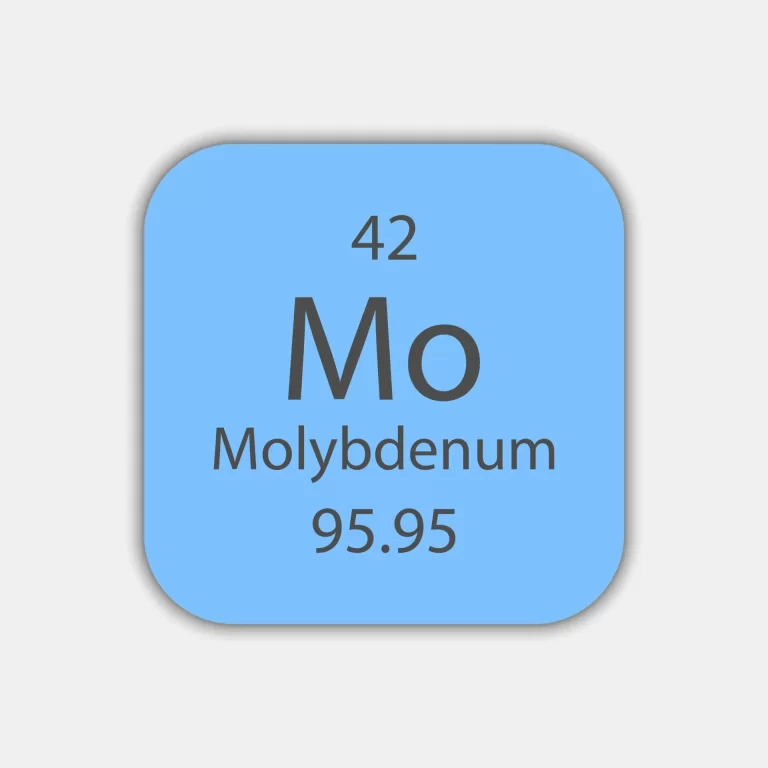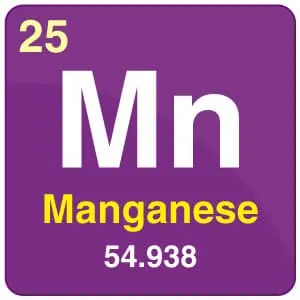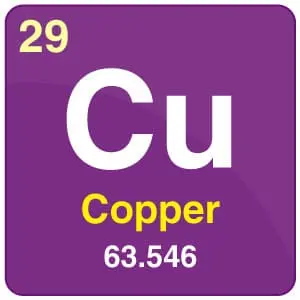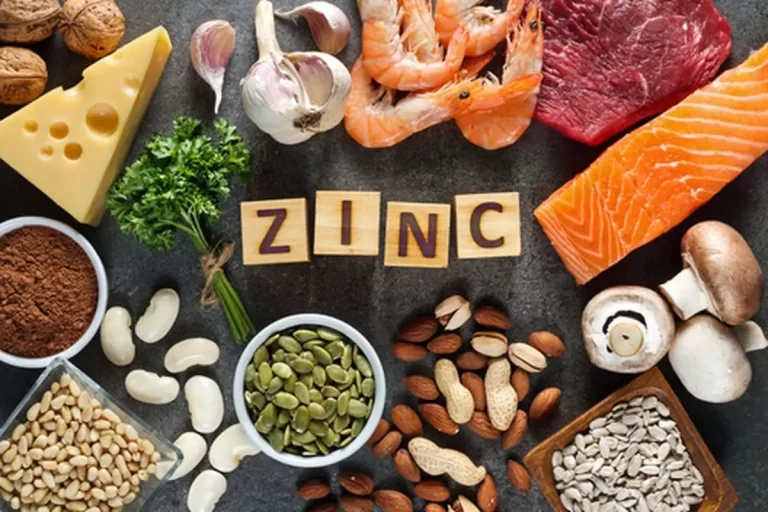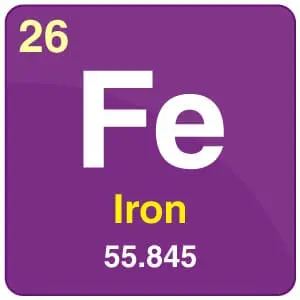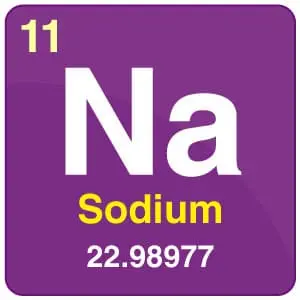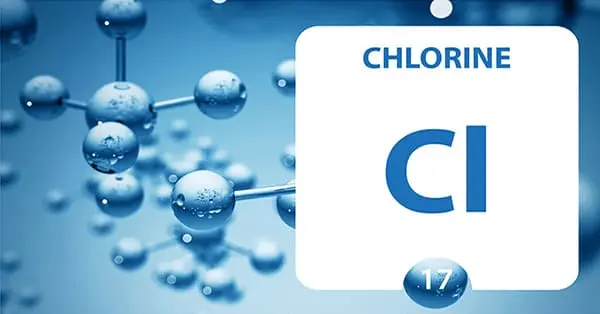Selenium
What is Selenium? The chemical element selenium has the atomic number 34 and the symbol Se. It is a nonmetal (less frequently regarded as a metalloid) having characteristics halfway between sulfur and tellurium, two elements higher and lower on the periodic table, and it has characteristics with arsenic. In the crust of the Earth, it…

